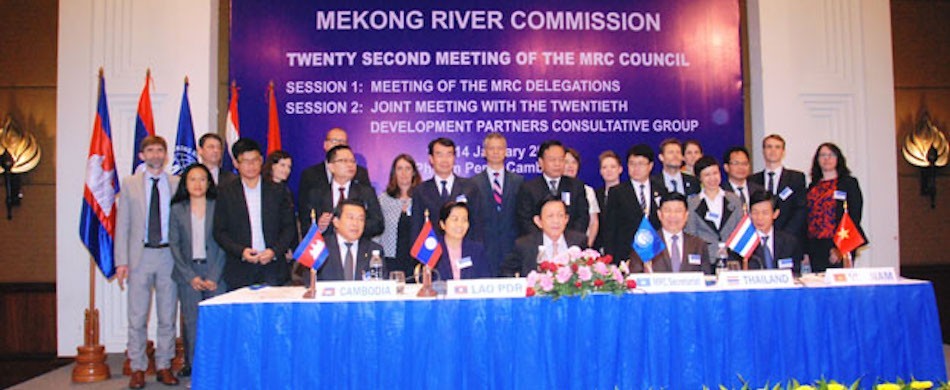THE ECOLOGY of the Mekong River could be destroyed within 10 years if dam projects along the river are allowed to continue, Thai and Cambodian non-government organisations have warned.
They have also warned that it will be very difficult for people to claim compensation for projects’ negative impacts on the environment and their livelihoods because it will be not difficult if not impossible to clearly link the effects to a particular dam.







